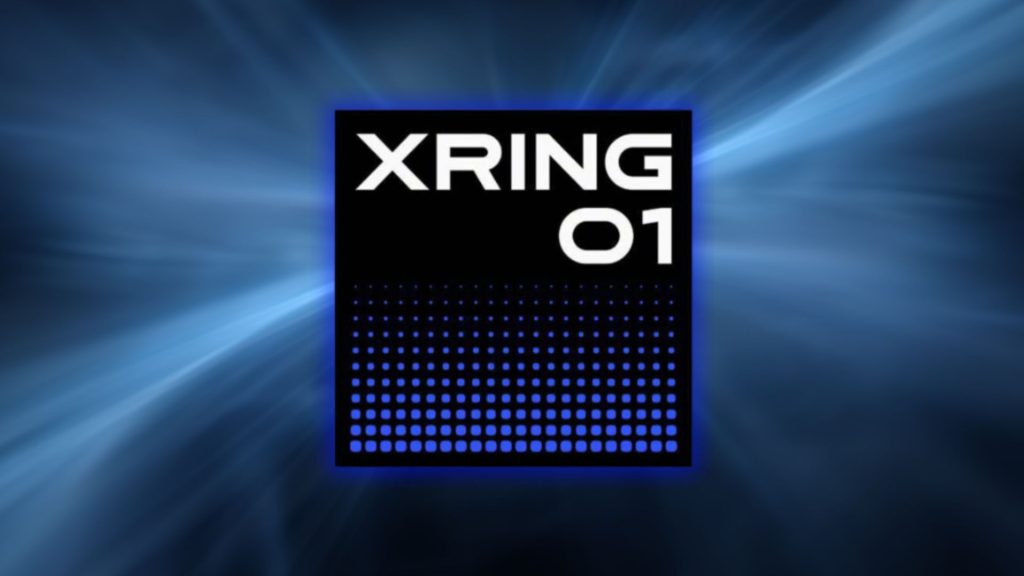Xiaomi’s introduction of the XRING 01 processor marks a significant milestone in the realm of semiconductor engineering. By utilizing TSMC’s second-generation 3nm process, also known as N3E, Xiaomi has managed to integrate an astounding 19 billion transistors into the XRING 01. This impressive feat is accentuated by the chip’s smaller die size compared to its competitors, including Apple’s A18 Pro, MediaTek’s Dimensity 9400, and Qualcomm’s Snapdragon 8 Elite. As the race for processing efficiency continues to evolve, understanding these chipsets’ architectural differences and their implications on performance and cost becomes increasingly critical.
Xiaomi’s XRING 01: Engineering Excellence in a Compact Package
The XRING 01 stands out not just for its transistor count but also for its minimized die size, which is crucial for both performance and cost-effectiveness. While many manufacturers opt for larger die sizes to accommodate more features and performance capabilities, Xiaomi’s strategy reflects a more nuanced understanding of the semiconductor landscape. The XRING 01’s die measures less than its competitors, coming in at around 108mm² compared to the Apple A18 Pro’s 110mm², the Snapdragon 8 Elite’s 124mm², and the MediaTek Dimensity 9400’s 126mm². This design philosophy aims to maintain performance while keeping production costs manageable, especially considering that the XRING 01 will be produced in smaller quantities than its competitors.
Xiaomi’s decision to prioritize a smaller die size can be attributed to several factors. In semiconductor production, larger die sizes typically lead to higher manufacturing costs due to the increased material requirements and complexities involved in the production process. For companies like Xiaomi, which may not have the same vast resources as industry giants like Apple or Qualcomm, the ability to keep costs controlled while still delivering high performance is a strategic advantage. In a recent statement from TSMC, they noted that their advanced processes enable clients to “optimize for power efficiency, performance, and area,” allowing for innovations like the XRING 01 to flourish in a competitive environment [TSMC].
Advantages and Drawbacks of a Smaller Die Size
While a smaller die size can reduce manufacturing costs, it presents its own set of advantages and disadvantages in performance characteristics. Smaller dies can result in higher yields during production, as more functional chips can be extracted from a single silicon wafer. Additionally, this beneficence allows for more efficient use of resources, which is paramount for a company looking to maximize its output. However, a smaller die can limit some performance aspects, such as cache sizes or thermal management capabilities, which could ultimately impact efficiency and power consumption.
To counteract potential drawbacks from the size reduction, Xiaomi has implemented a 10-core CPU and a 16-core GPU configuration within the XRING 01. This approach aims to enhance performance by compensating for any limitations that might arise from a smaller die. However, the implications of this architecture on power draw and thermal output require further investigation. Notably, power efficiency is a growing concern in the semiconductor industry, as high-performance chips must balance capability with energy demands. Reports indicate that processors like the Apple A18 Pro manage to strike a fine balance, achieving a power efficiency rate that enables optimal performance without excessive thermal load [AnandTech].
Market Implications and Future Considerations
The competitive landscape for processors is ever-evolving, with each new chipset generation pushing the boundaries of performance and efficiency. With its XRING 01, Xiaomi seems to position itself as a formidable contender in this space. By prioritizing a compact design without sacrificing core performance metrics, Xiaomi’s engineering approach may influence other manufacturers to reconsider their die size strategies in future generations. As the demand for high-performance computing continues to rise—driven by advancements in mobile gaming, artificial intelligence, and machine learning—companies that can deliver powerful yet cost-effective solutions will likely thrive.
In summary, while the XRING 01’s smaller die size presents challenges, its potential advantages in production economics and efficiency are noteworthy. Observing how this chipset performs in real-world scenarios will be crucial in assessing its impact on the market and how it stacks up against rivals. As this emerging technology unfolds, the industry watches closely to see if Xiaomi can leverage its innovative approach to capture a larger share of the semiconductor market.
Quick Reference Table
| Chipset | Die Size (mm²) | Transistor Count | CPU Cores | GPU Cores |
|---|---|---|---|---|
| Xiaomi XRING 01 | 108 | 19 billion | 10 | 16 |
| Apple A18 Pro | 110 | N/A | N/A | N/A |
| Snapdragon 8 Elite | 124 | N/A | 4 | 5 |
| Dimensity 9400 | 126 | N/A | 8 | 10 |

